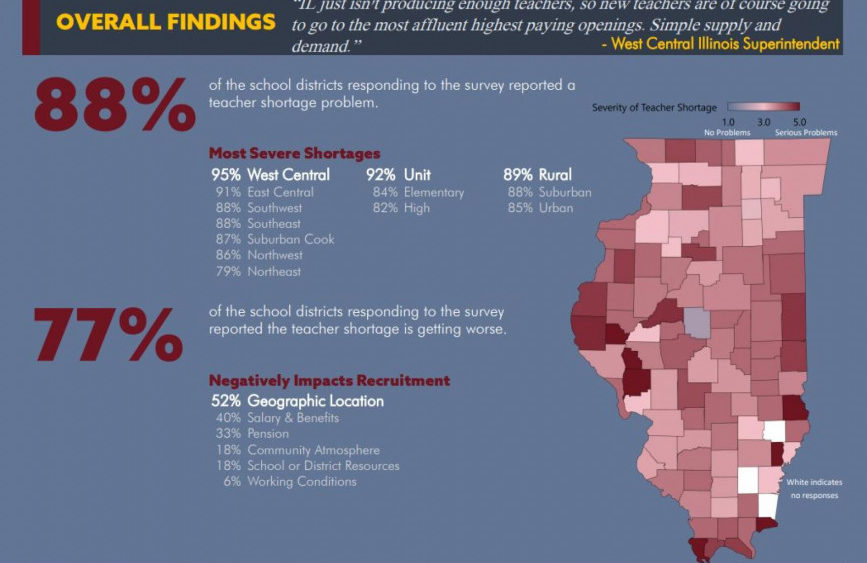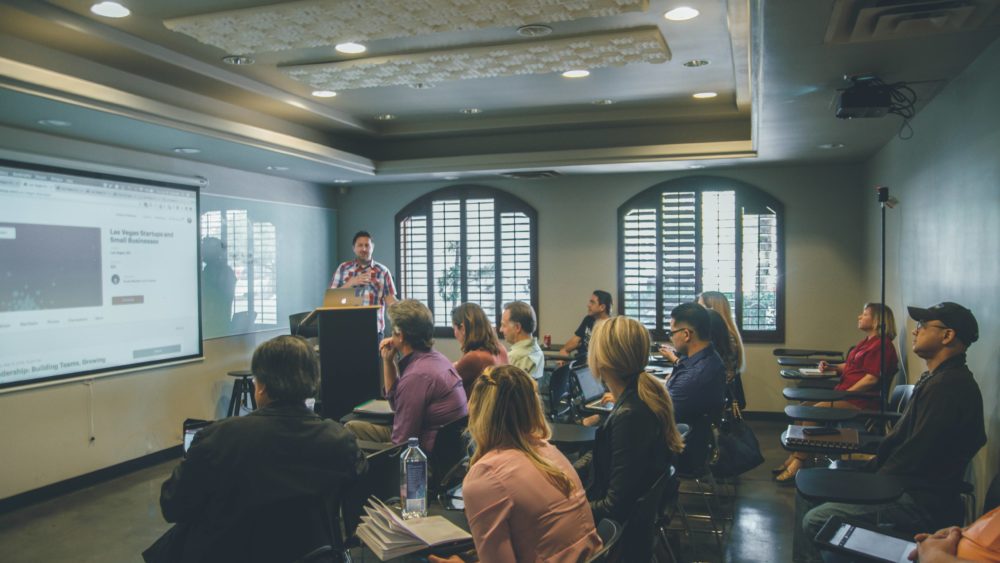If you’ve spent much time in Springfield, chances are you’ve heard of the 1908 race riots. But that doesn’t necessarily mean you have an accurate impression of what happened during that grim and awful weekend more than 100 years ago.
It’s not as though most of us learned about that shameful chapter in Springfield history in school. In recent years, more has been done to acknowledge the violence that stained the city. But your perception of the event may still be framed by the name that was given to it even as it was still unfolding in the area of Springfield then known as “the levee.”
Race riot.
While the name certainly fit the idiom of that era, it’s a term that carries a different connotation after more than a century of civil rights struggles. Many of us grew up thinking about riots in the context of unrest in places like Chicago or Watts in the 1960s, as Black people took to the streets to protest the chronic injustices confronting them every day.
More recently, we’ve heard the term “riot” used to describe last year’s demonstrations around the country in the face of incidents where black men wound up dead after interactions with police. Most of those demonstrations were peaceful, but some turned violent after being co-opted by others with their own opportunistic motivations.
Often, the term “riot” indicates a group rising up against those they perceive as their oppressor. But that’s not what happened in Springfield in 1908. Black residents in Springfield were living their lives, maintaining their homes, running their businesses – only to become the targets of an angry white mob.
The sparks that ignited the vicious violence of 1908 were many: a white woman’s false allegation that she had been raped by a Black man; the ingrained racism and bigotry still so prevalent, even in Mr. Lincoln’s hometown; the majority’s insecurity and fear that a growing and increasingly successful Black population could encroach on their own economic dominance and power.
The race riots were a one-sided attack – the white mob held all the power and used it to decimate Black homes and businesses. The Black residents who died in the violence were killed by the mob; white casualties came not at the hands of Blacks, but from the militia sent in by the governor to quell the violence and restore order.
Calling that a “race riot” gives a misleading impression of what really happened there. The NAACP was founded in response to the shocking carnage in Springfield in 1908. 113 years later, the organization’s local and state branch president, Teresa Haley, says accurately that what happened there was not a “riot,” it was an act of domestic terrorism.
Mayor Jim Langfelder acknowledges that others have voiced similar concerns about the awful events of 1908 are identified and characterized. We call it the “race riots” because we always have, but that doesn’t mean we should. Changing the designation won’t be easy and is already being met with some resistance; commenters to a recent story about Haley’s comments complained about “rewriting history.” One wonders why they’re so defensive about that whitewashed history and so determined to preserve it.
Figuring out a new name for it is trickier, but some are trying. The Wikipedia article on the race riots has been edited in recent days to refer to the incident as “the Springfield holocaust of 1908” and “the Springfield Black massacre of 1908.” Calling it a “holocaust” seems extreme, although in addition to the death and destruction, it did lead to a mass exodus of Blacks from the community.
“Massacre” is a more accurate depiction, but it’s a term that could invite some pushback. Revisiting our history, especially a chapter as dark and shameful as this one, is inevitably a difficult exercise. But in this case, it’s a necessary one. We owe it to our future to accurately and honestly confront the sins of our past.




